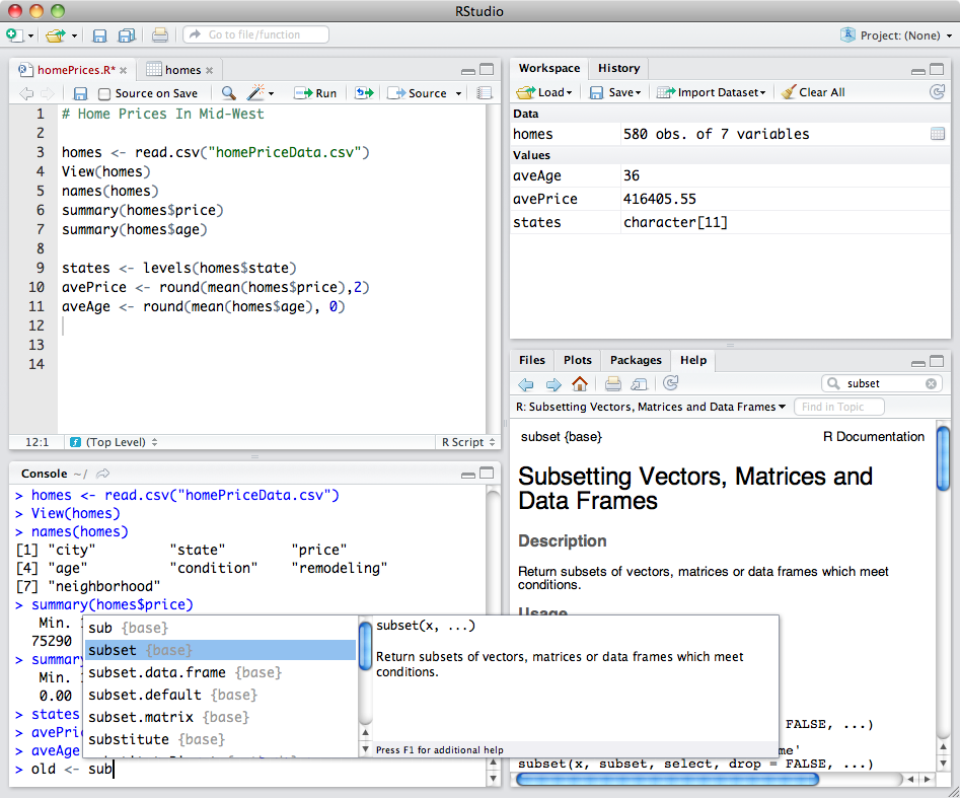
Mastering SQL Coding Unleashing Database Proficiency

Navigating the Realm of SQL Coding Mastery
SQL, the language of databases, serves as the backbone for managing and manipulating data. Mastering SQL coding is more than just learning commands; it’s about unlocking the potential to wield databases with precision and proficiency. Let’s embark on a journey through the intricacies of SQL coding.
The Language of Databases: SQL’s Pivotal Role
Structured Query Language (SQL) is the linchpin of relational databases. From creating and updating data to retrieving insights through queries, SQL is the conduit through which databases communicate. Becoming fluent in SQL coding empowers you to interact seamlessly with databases, making it a fundamental skill for database professionals and developers alike.
Crafting SQL Queries: The Art of Data Retrieval
At the heart of SQL coding is the ability to craft queries that extract meaningful information from databases. Whether you’re fetching specific data, aggregating results, or joining tables, the art of writing SQL queries lies in precision and clarity. A well-constructed query is a gateway to unlocking the valuable insights stored in databases.
Database Design: Structuring Information Effectively
SQL coding extends beyond querying; it encompasses the design of the databases themselves. Understanding database normalization, creating relationships between tables, and defining constraints are integral components of SQL coding. A well-designed database not only optimizes data storage but also facilitates efficient querying and data retrieval.
Data Manipulation: Beyond Querying
SQL’s prowess extends to manipulating data within databases. Inserting, updating, and deleting records are actions that fall under the umbrella of data manipulation. Proficiency in SQL coding enables you to navigate these operations with finesse, ensuring the integrity and accuracy of data stored in databases.
Transaction Control: Safeguarding Data Integrity
In the dynamic world of databases, transaction control is a critical aspect of SQL coding. Managing transactions through commands like COMMIT and ROLLBACK ensures data consistency and integrity. This level of control is essential, especially in scenarios where multiple operations need to be executed as a single, atomic unit.
Stored Procedures and Functions: Code Reusability
SQL coding allows for the creation of stored procedures and functions, offering a way to encapsulate logic within the database. This not only enhances code reusability but also streamlines database management. Stored procedures and functions enable you to execute complex tasks with a single call, promoting efficiency in SQL coding practices.
Indexing Strategies: Optimizing Query Performance
Efficient SQL coding involves understanding and implementing indexing strategies. Indexes enhance query performance by providing quicker access to specific data within tables. Choosing the right columns to index and considering the overall database schema contribute to optimizing the speed of SQL queries.
Security Measures: Safeguarding Sensitive Data
In the world of databases, security is paramount. SQL coding encompasses the implementation of security measures to safeguard sensitive data. Understanding concepts like user privileges, access controls, and encryption strengthens the protection of databases against unauthorized access and potential threats.
Real-world Applications: SQL Coding in Action
SQL coding finds applications in various domains, from web development to business intelligence. It forms the backbone of Content Management







